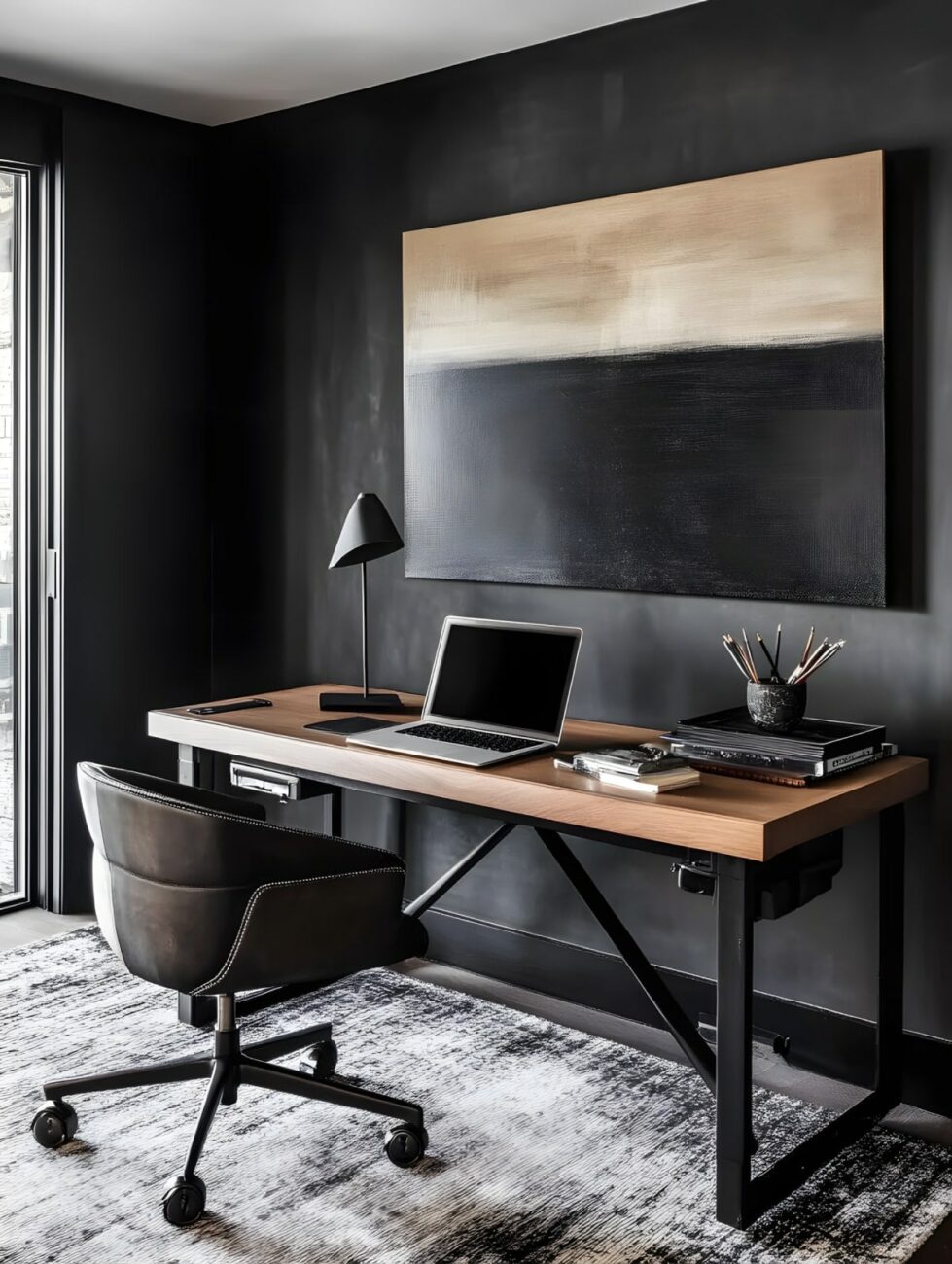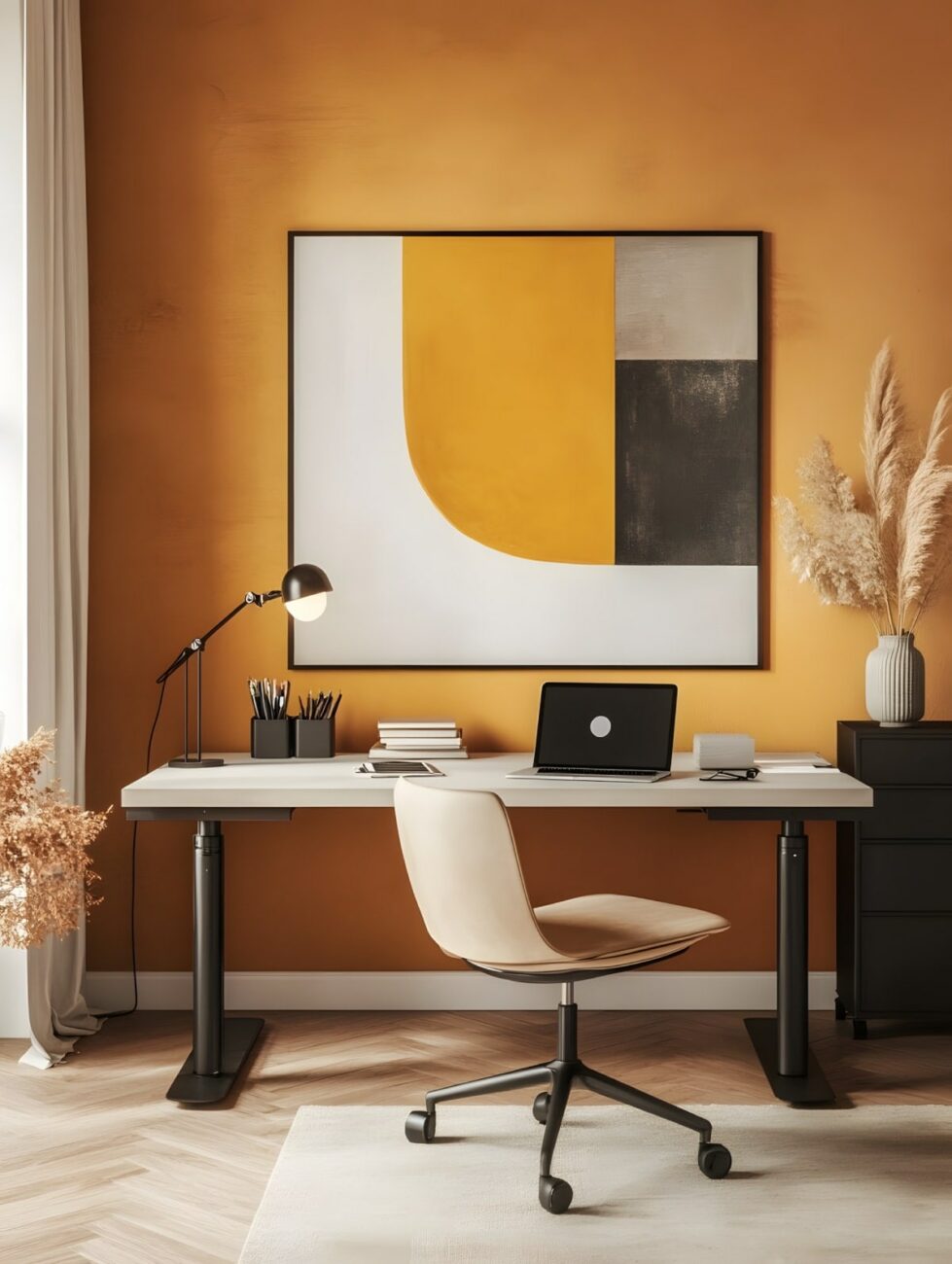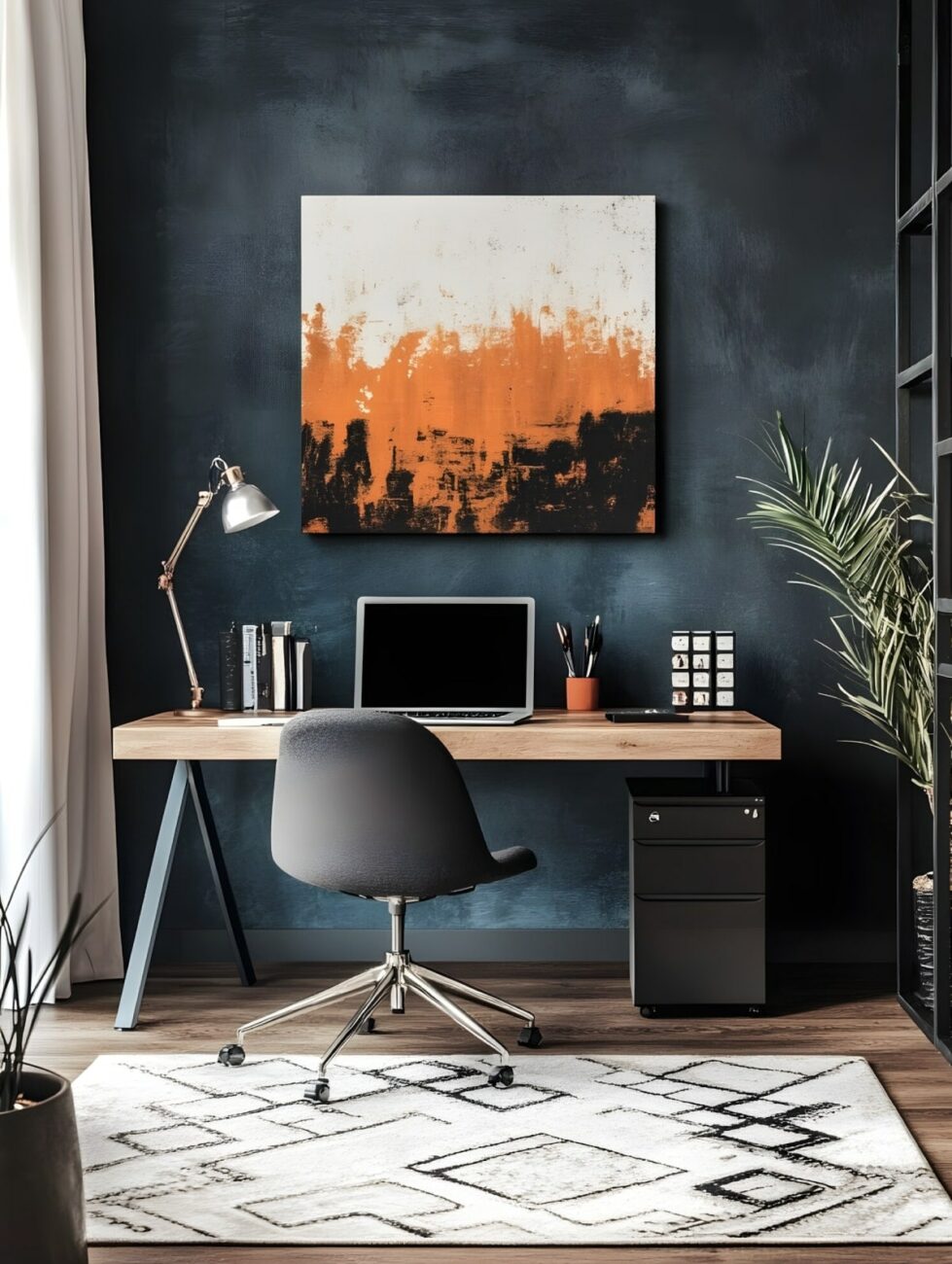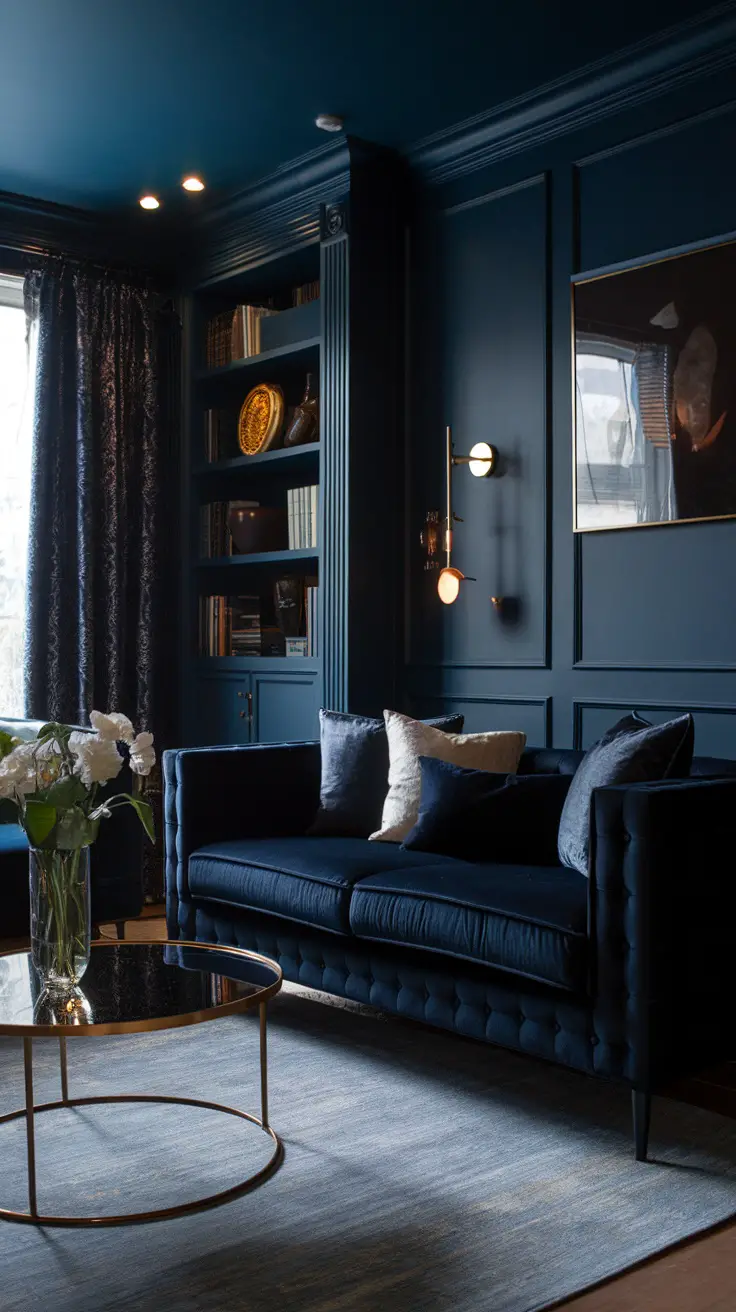Embracing Simplicity: The Art of Minimalist Home Office Design
In a world where our homes have become our workplaces, creating a space that fosters productivity and peace of mind is more important than ever. Enter the minimalist home office – a design approach that proves less really can be more. Let’s explore the world of clean lines, uncluttered spaces, and purposeful design that can transform your work-from-home experience.
What’s All the Fuss About Minimalism?
Before we get into the nitty-gritty, you might be wondering: why go minimalist? Well, imagine walking into your office and feeling a sense of calm wash over you. No piles of papers, no tangled cords, just a clean, organized space that lets you focus on what really matters – your work.
Minimalist design isn’t just about looking good (though it certainly does that). It’s about creating a functional space that reduces distractions and boosts productivity. Plus, it’s easier to clean and maintain. Who doesn’t want that?




The Building Blocks of Minimalist Office Design
Keep It Simple, Keep It Functional
The heart of minimalist design lies in simplicity and functionality. Every item in your office should earn its place by serving a purpose. That sleek desk? It’s your workspace. That comfortable chair? It supports you through long work hours. That lone plant in the corner? It adds a touch of life and helps purify the air.
Embrace the Space
Minimalism loves open spaces. Don’t feel the need to fill every nook and cranny. Let your room breathe. This openness not only makes your office feel larger but also gives you space to think and create.
Color Me Neutral
When it comes to color, think subtle and soothing. Whites, grays, and beiges create a calm backdrop for your work. Want to add a pop of color? Go ahead, but keep it minimal – maybe a single piece of artwork or a colorful chair.
Essential Elements: What You Really Need
The Command Center: Your Desk
Your desk is where the magic happens. Look for something simple in design but big on functionality. A clean-lined desk with built-in storage can be a game-changer.
Take a Seat
Don’t skimp on your chair. You’ll be spending hours in it, so make sure it’s comfortable and supportive. Opt for something with clean lines that fits the minimalist aesthetic.
Let There Be Light
Good lighting is crucial. Maximize natural light where possible, and supplement with a sleek desk lamp for those late-night work sessions.
Smart Storage Solutions
In a minimalist office, clutter is the enemy. Invest in smart storage solutions that keep your essentials close at hand but out of sight. Think built-in drawers or floating shelves.
Laying It All Out
When arranging your office, think about flow. Can you move easily around the space? Is everything you need within reach? Place your desk where it gets plenty of natural light, if possible facing the door (it’s good feng shui!).
Consider creating zones in your office – a main work area, a reference area with your books or files, and maybe a small relaxation nook for breaks.
The Personal Touch
Now, minimalism doesn’t mean your office has to feel like a sterile doctor’s office. Add personal touches that inspire you – maybe a favorite piece of art or a small plant. The key is to be selective. Choose items that truly mean something to you.
Tackling Technology
In our digital age, technology is a must. But it doesn’t have to be an eyesore. Look for wireless solutions to reduce cord clutter. When possible, choose tech that serves multiple purposes to reduce the number of gadgets you need.
Keeping It Clean and Green
One of the joys of a minimalist office is how easy it is to keep clean. Regular quick clean-ups will keep your space looking fantastic. When choosing furniture and accessories, opt for quality pieces that will last. And why not go green? Choose sustainable materials and energy-efficient devices to minimize your environmental impact.
Wrapping It Up
Creating a minimalist home office isn’t about following strict rules – it’s about creating a space that works for you. Take these principles and adapt them to your needs and style. The result? A clean, calm, and productive workspace that you’ll actually enjoy spending time in.
Remember, the goal of minimalist design is to reduce distractions and increase focus. So, clear the clutter, embrace the space, and get ready to boost your productivity in style. Happy designing!


